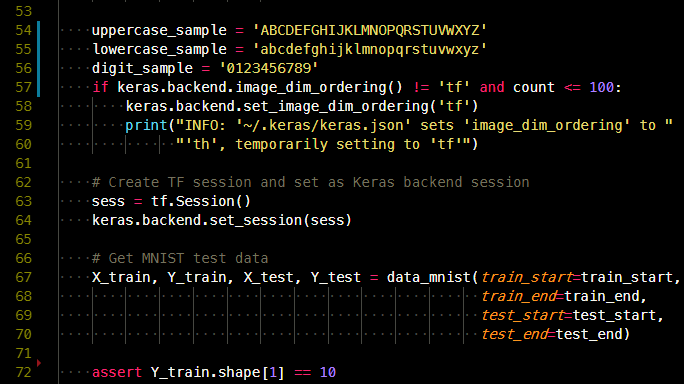

- Common fonts for windows and mac mac os#
- Common fonts for windows and mac install#
- Common fonts for windows and mac portable#
- Common fonts for windows and mac software#
CrossFont will not be able to convert one that has only screen fonts. pfb.Ī suitcase may contain multiple TrueType and/or bitmap screen fonts.
Common fonts for windows and mac install#
inf files with the same base name are used to install the the. The table below contains information about the various font types on each platform.īoth.
Common fonts for windows and mac portable#
This makes files more portable and easier to transmit over networks. OS X can also can use file name extensions like Windows and Linux in addition to a file type and creator.

This tells Windows both what type of file it is and what program to launch if the icon is clicked. This is the characters after a period at the end of the file name. PCs identify files with a file name extension.
Common fonts for windows and mac mac os#
This field tells the Mac OS what program to launch if the files icon is clicked. The creator is a unique signature identifying a program on the Mac.
Common fonts for windows and mac software#
The type field tells the Mac software what type of file it is. Macs also have two four character fields stored with the name for each file. PCs only have one file linked to each name. There are actually two files linked to one name in the file system. The resource fork holds resources (icons, fonts, menus, sounds, etc.). The data fork holds data (text, images, etc.). A separate file with both a FOND resource and bitmap font is also required.įiles on a Mac can have two parts called forks. The font outline data is stored in a file with type LWFN and is analogous to the PFB file on a PC. Two files are required to use a Type 1 font on the Mac. The PFM file contains metric data including kerning. The PFB file contains the actual font outline data. Two files are required to use a Type 1 font under Windows. The OpenType font format will likely make Type 1 fonts obsolete. Type 1 fonts have been supported on the Mac OS starting with OS X and in Windows since Win2000. Type1 fonts are the native font format for the PostScript page description language. A Mac recource TrueType font file must have a FOND resource along with the TrueType data resource. Each resource file can contain many types of resources. Older versions of Mac OS require that font data be stored in a resource file.

Recent versions of Mac OS can use the same TrueType/OpenType font files as Windows. An OpenType font file has a ".otf" extension if it has PostScript CFF outlines and a ".ttf" extension if it has TrueType style outlines. A TrueType font file has a ".ttf" extension. Windows requires only one file for each font. Legacy PostScript font outlines (cubic curves) can be used without inexact conversions to TrueType outlines (quadratic curves).

It also bridges the gap between TrueType and PostScript fonts by supporting PostScript style outlines ( CFF). The OpenType font format is an extension of the TrueType format and was created to add advanced typography features. It is most useful for languages with large character sets like Chinese or Japanese that may use the same glyphs for different fonts. The TrueType collection (.ttc) is a space saving modification of the TrueType format containing multiple TrueType/OpenType fonts that share glyphs. It can also contain information specific to each platform it supports (encoding tables, names in different languages, etc.). All the information (outlines, kerning, widths, etc.) related to a TrueType font is contained in one file. Each table contains a specific type of information for a font. TrueType fonts are made up of separate structures of information called tables. The TrueType font format has been supported internally on both Mac and Windows operating systems for some time now. The benefit of representing shapes this way is that they can be scaled to virtually any size and still retain smooth edges (unlike bitmap fonts which exhibit jagged edges and other artifacts when enlarged or shrunken). They contain instructions for building outlines from scaleable lines and curves which are filled to create the solid shapes of letters and other glyphs. PostScript Type 1, TrueType and OpenType fonts are vector outline fonts. Mac and Windows PC Fonts Mac and Windows PC Fonts


 0 kommentar(er)
0 kommentar(er)
